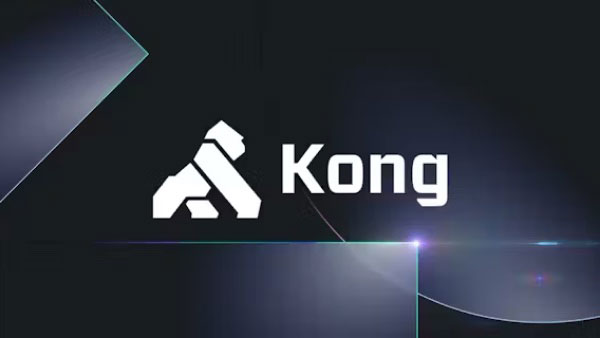That's it. GPT-5 queries the database, Claude writes the summary, and it posts to Slack. Context flows automatically between steps. Tool schemas are discovered automatically. Errors are retried. All in 9 lines of actual workflow code.
✅ 4 lines of setup — Two LLMs, two MCP servers
✅ Multi-LLM workflow — GPT-5 analyzes, Claude writes
✅ Automatic tool selection — SDK picks the right tools
✅ Chainable steps — Read like a story
✅ Context flows automatically — Each step sees previous results
✅ Production-ready — Built-in retries, timeouts, telemetry
Start building AI agents at volcano.dev.
Why we created Volcano SDK
At Kong, we build a lot of AI agents. Each time, we ended up writing the same code: managing conversation history, handling tool schemas, switching providers, implementing retries, connecting to MCP servers.
We looked at existing options:
- LangChain: Powerful, but heavy. Too many abstractions between us and what we wanted to do.
- Provider SDKs (OpenAI, Anthropic): Great for single calls, but no help chaining steps or managing context across providers.
- Other agent frameworks: Either too opinionated or missing basic features like streaming and proper error handling.
We just wanted to chain LLM calls with different providers and use MCP tools without writing infrastructure code every time. It should be simple:
- Call an LLM
- Maybe use some tools
- Call another LLM with different strengths
- Chain it all together without losing context
So, we built Volcano SDK. And now you can start building with it.
What makes Volcano SDK different?
There are a few core concepts that you will find across Volcano that separate it from the pack:
- MCP is a first-class citizen: Tools are as natural as prompts. Pass an array of MCP servers, and the LLM automatically discovers and calls the right tools.
- Volcano SDK is multi-provider by design: Use GPT-5 for planning, Claude for writing, Llama for classification — all in the same workflow. Context flows automatically between them.
- Volcano prioritizes chainable simplicity: Our code reads like your intent. No state machines. No middleware hell. Just .then() your way to production.
- It’s production-ready out of the box: OpenTelemetry tracing, automatic retries, configurable timeouts, connection pooling, OAuth support — the boring stuff you need, built in.
We wanted to write agents like we write promises: one elegant chain that does exactly what it says, with the right tool for each job:


